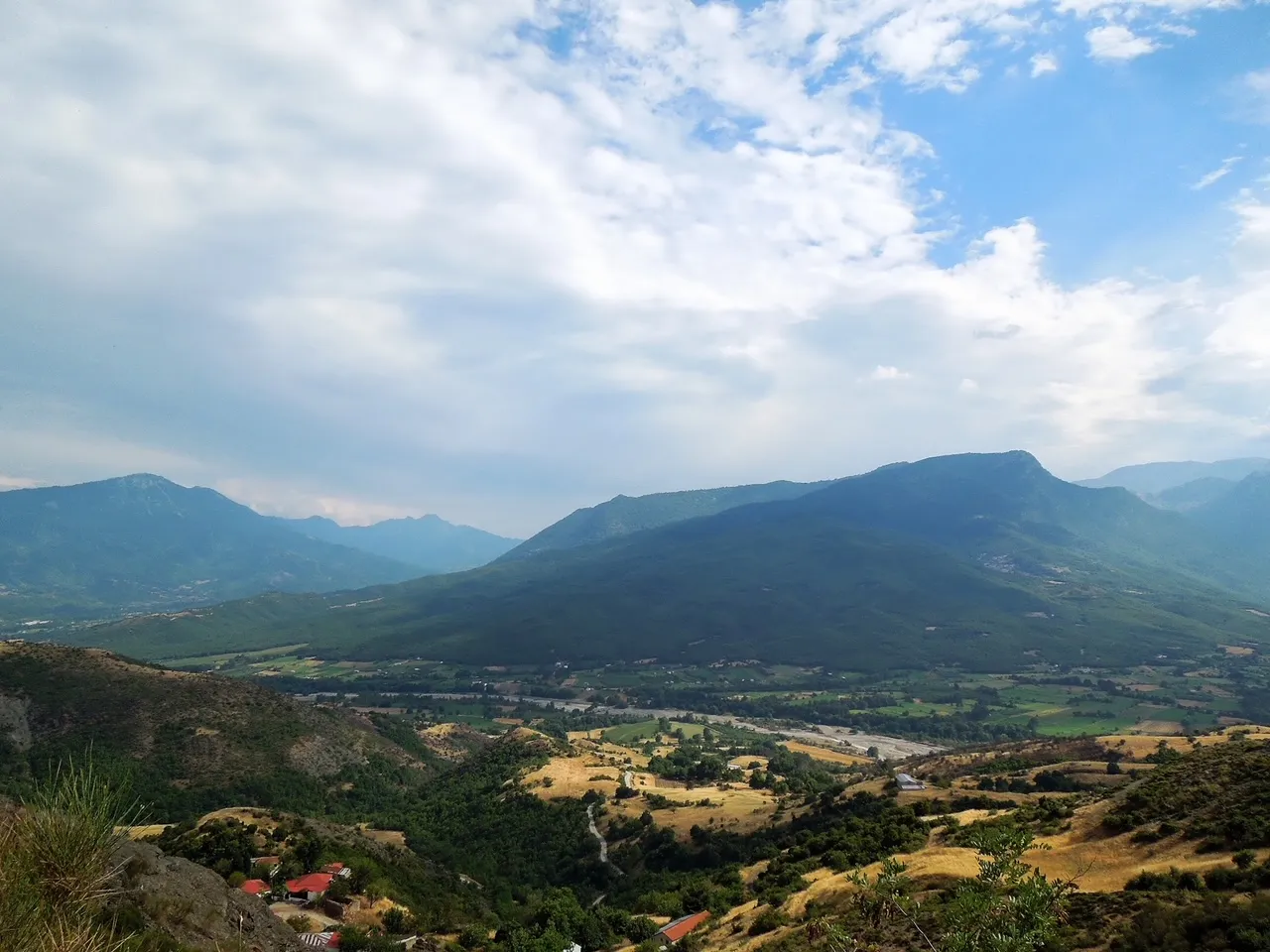
On the outskirts of Kratsovo or Vigla (1,600 m.), at an altitude of 750 m., the visitor will enjoy the panoramic view of the area around the Malakasiotis valley. At a distance of 29 km from Kalambaka is the community of Trygona, a village in which about 160 people live in the winter and around 700 in the summer. The economically active residents are mainly engaged in livestock farming. From the bottom of the national road Kalambaka – Ioannina, at the root of Kokkini Petra or Kiatr – Arosa, the river passes. The village organizes a festival on the fifteenth of August with a feast in the square after the liturgy. Weddings are still held according to the traditional customs, on Ascension Day.
One kilometer away from the village and 30 meters above the national road, at Analipsi, was the old location of Trygona, a village which, as tradition has it, was moved due to massive deaths, to the location “Paliochori”, a little higher than where it is located today. At this point is a tap that holds the same name, as well as two springs named Koardesa and Fuduna – Mari. Even higher, on the eastern side of Vigla, stretches the forest of Havas, which consists of pines and oaks, and is precisely the point from which the view of the valley of Malakasiotis is excellent. On the same side, in Ai Lia, a recreation area is being created by the Forest Service – the visitor will find there two other beautiful taps under the trees, the Great Fountain and the Teacher’s Fountain.
The first reference to the village dates back to 1534 under the name Chlitziades. Much later the area became an estate of Ali Pasha of Ioannina, this time under the name Chliotsades, while, in the 1820 record by the Ottoman state, it is mentioned as Klitfades. Before the revolution of ΄21, Petranians from Fourka of Samarina arrived in the village, chased by Ali Pasha, who then made up almost half of the village’s population. The village participated in the Liberation Struggle against the Turks under the leadership of the chieftain Stathis Efstathiou. After the liberation of Thessaly, and with the assistance of residents from neighboring Pefki and Korydallos, the residents bought the village – in 1904 the last purchase contract took place. In 1930, with a law of the Greek State on the change of non-Greek toponyms, the village was renamed Trygona, after the name of the well-known bird.


